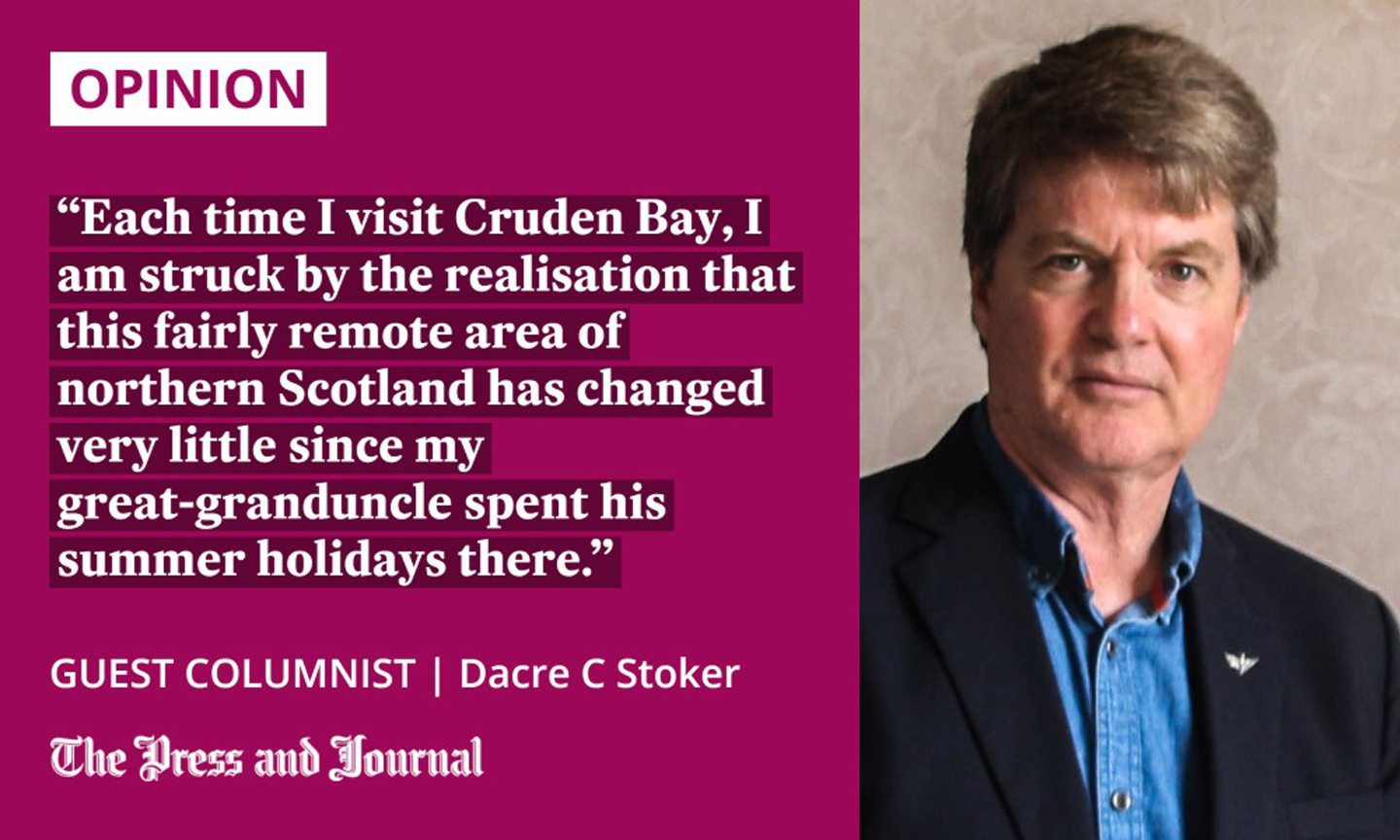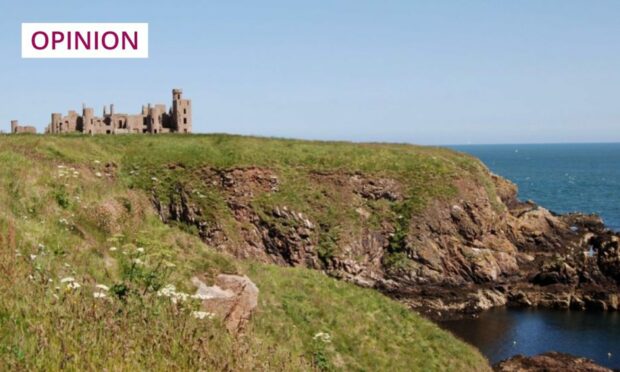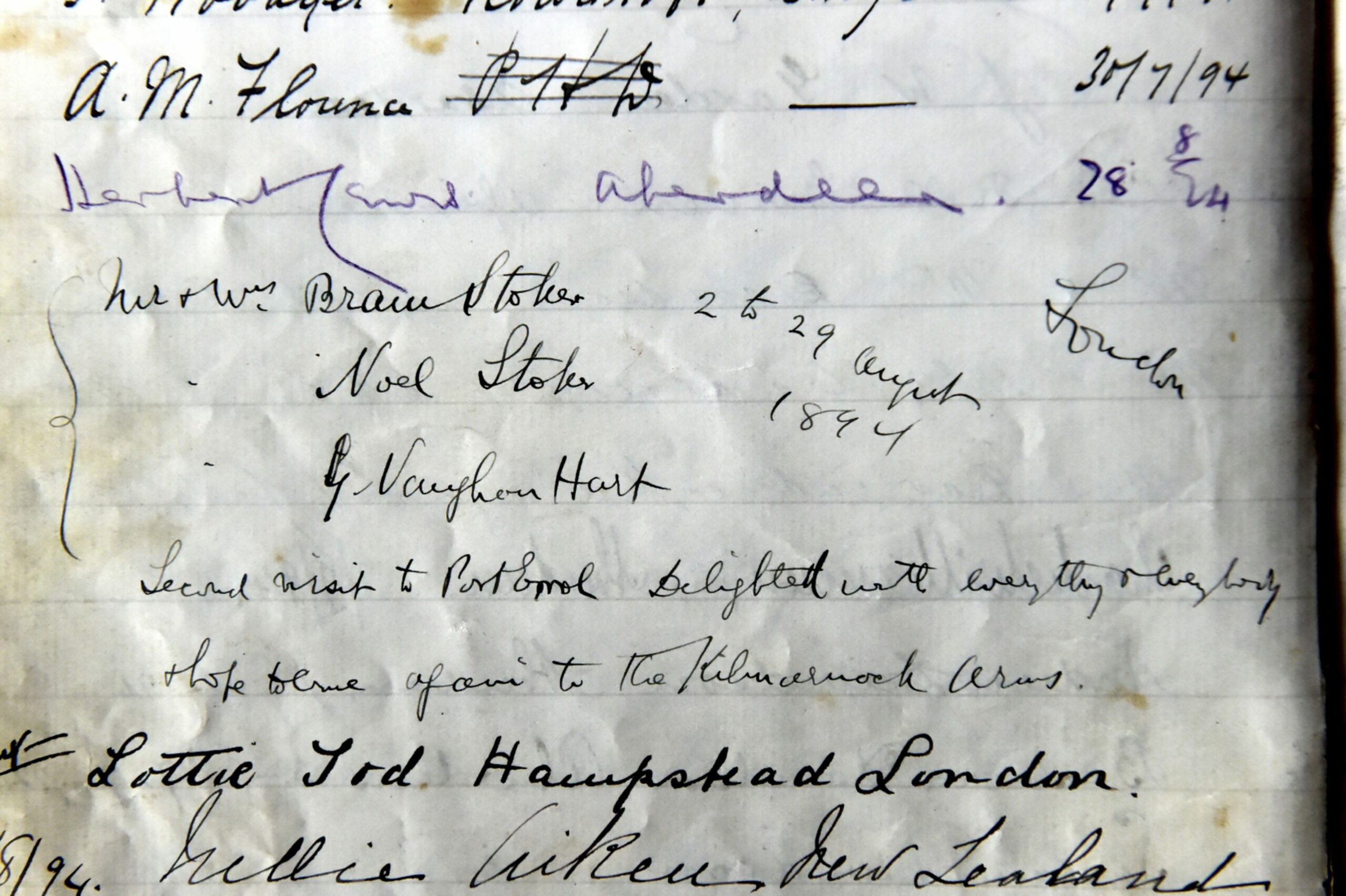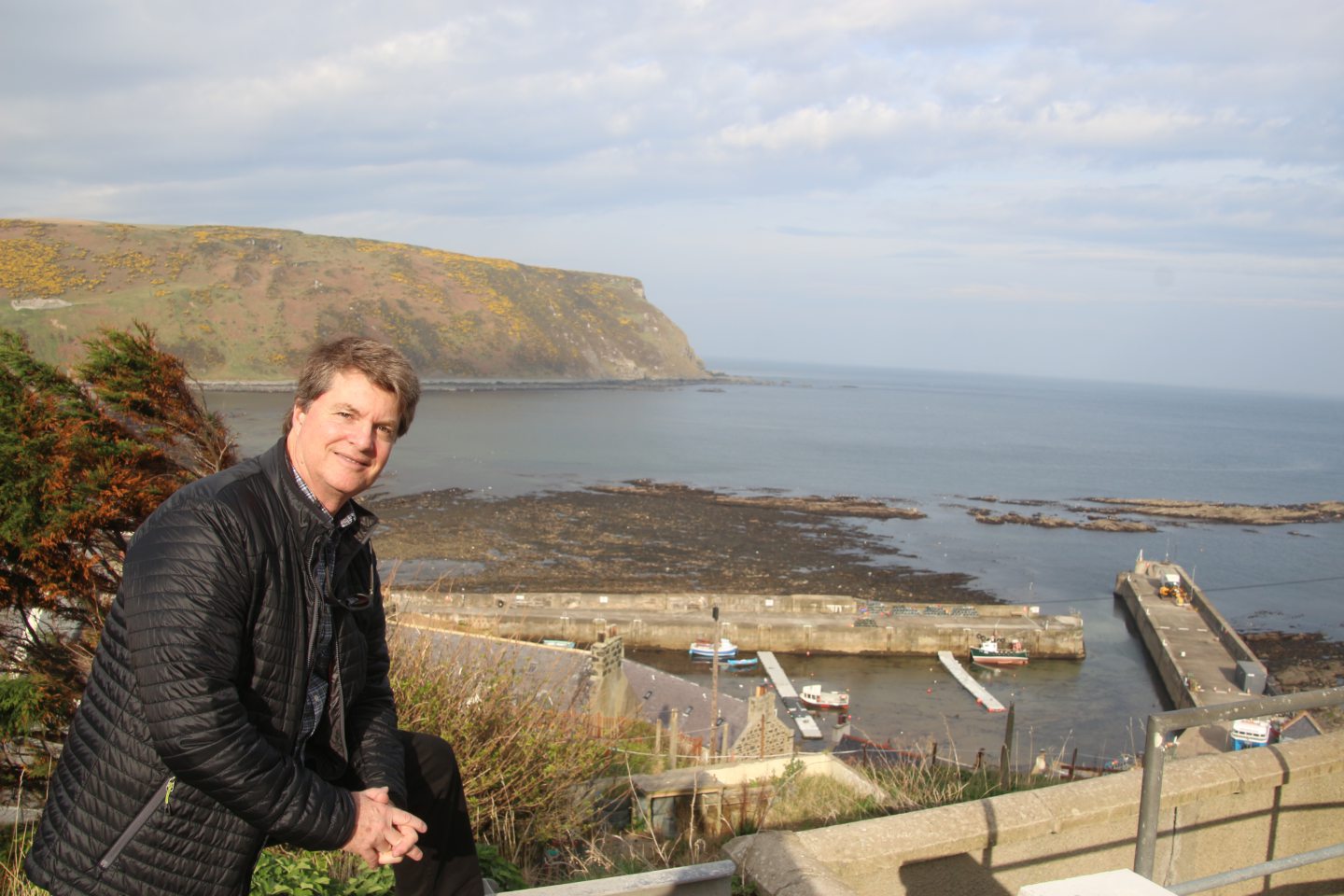During a 2012 planning meeting for a service held at St Ann’s Church in Dublin, honouring the centenary of Bram Stoker’s death, Reverend David Gillespie asked me to provide a first edition of Dracula to accompany the Bible in the procession, and to be placed on the altar.
My son, Parker, a student of religion and English literature, was with me at the meeting and asked with a smile if we were risking, if not God’s wrath, then at least some questionable optics. Without missing a beat, Reverend Gillespie simply said that Dracula, like the Bible, is a book about good versus evil – and good wins out in the end.

In considering the continuing appeal of Dracula, I am once again struck by the effect of the epistolary style Bram employed. He added contemporary newspaper articles to his narrative, which was otherwise told in letters, journals, telegrams, and phonograph transcriptions.
So, rather than the story being relayed by detached narration, the reader has the opportunity to “become” each character, to learn how each thinks, and watch the plot unfold through each mind’s eye, from each perspective. The reader becomes deeply involved in the problem-solving process of the plot.
Of course, the novel can be enjoyed simply at face value as a very suspenseful vampire story, but, to many readers, part of Dracula’s lasting appeal is its depth and complexity – and the reflections of Bram Stoker’s own multifaceted life and interests in those murky depths.
Bram’s Lost Journal and his other scant autobiographical work reveal that my great-granduncle was a very observant and sensitive man. Dracula framed many real-world concerns and, even today, still provides a glimpse into the technological and cultural changes occurring in late Victorian society.
The novel was set in a relatively realistic framework, and to great effect. Its action relies on a (mostly) accurate calendar of real dates and events in 1893, against a backdrop of several well-known locations in the UK.
North-east influences
According to Aberdeenshire author and former geologist, Mike Shepherd, Bram stumbled upon Port Erroll completely by chance. He had heard that the Aberdeenshire air was “very bracing” and noted in his diaries that, when he first saw the place, he fell in love with it.
Bram spent at least 13 of his month-long summer holidays in and around Cruden Bay, known then as the village of Port Erroll
It is well-known that Bram visited “a few times”, staying at the Kilmarnock Arms with his wife and son, Florence and Noel, and sometimes in cottages he rented. But, Mike’s diligent research verified that Bram spent at least 13 of his month-long summer holidays in and around Cruden Bay, known then as the village of Port Erroll.
Mike realised it was here that Bram not only wrote a great deal of Dracula, but that it was also in Cruden Bay that he edited the 1897 edition to condense the text and create the 1901 abridged version.
Each time I visit Cruden Bay, I am struck by the realisation that this fairly remote area of northern Scotland has changed very little since my great-granduncle spent his summer holidays there.
Mike identified for me the obvious landmarks and local residents who had aspects of their lives recreated in Bram’s fiction, and took great pleasure in sharing with me what he had learned by comparing the descriptions of fictional landscapes with the actual coastline.
Mike’s book, When Brave Men Shudder, is full of references neatly linking Stoker’s Cruden Bay experience to specific passages in his writing – the most famous of which has to be the famed octagonal room in Slains Castle, described by Bram in chapter two of Dracula and through which Count Dracula led Jonathan Harker, en route to his bedroom.
Significant to Dracula’s initial and enduring appeal are centuries-old myths of the vampire, which Bram presented as fact. While religion is the official gatekeeper for the afterlife, myth and folklore have always provided options to explain the otherwise unexplainable, and tales of the undead have abided as long as the dead themselves.
- The above is an edited version of the introduction to the 125th anniversary edition of Dracula, from Telos Publishing
Dacre C Stoker is an international best-selling author and the great-grandnephew of Bram Stoker



Conversation